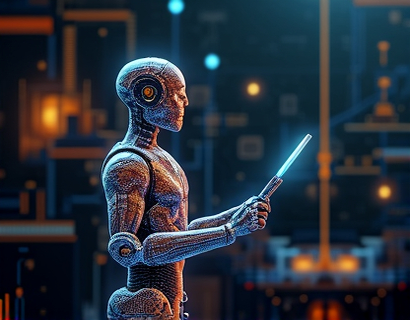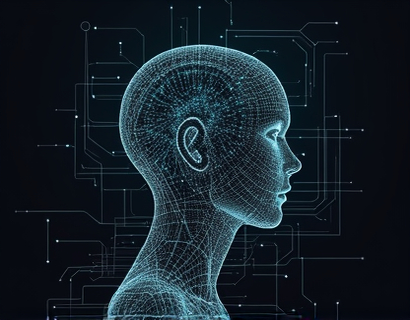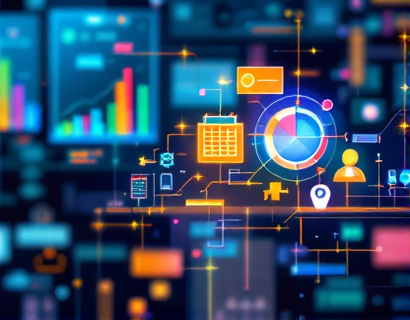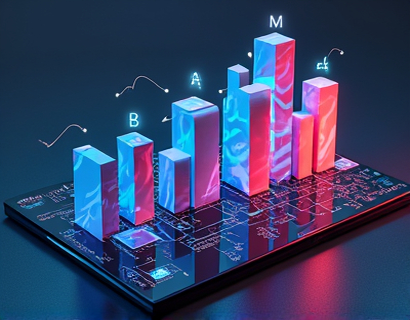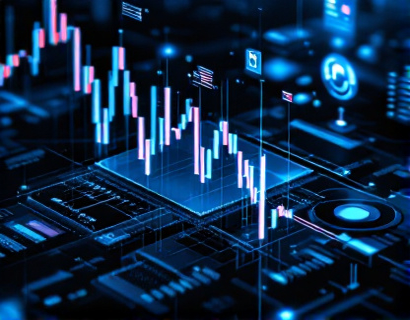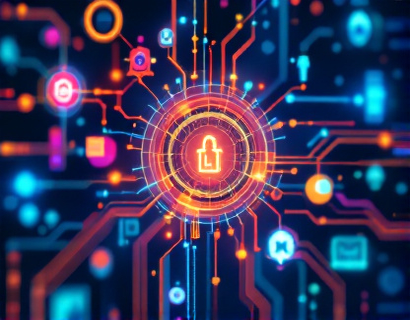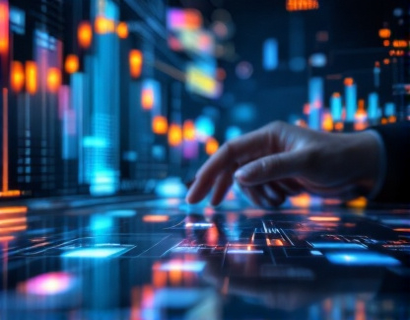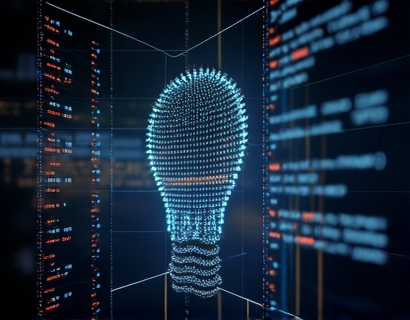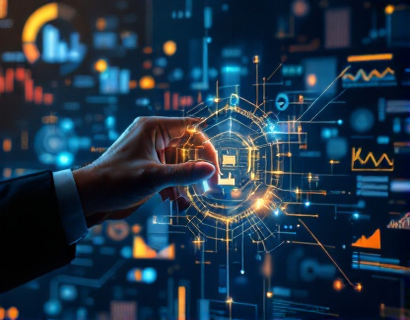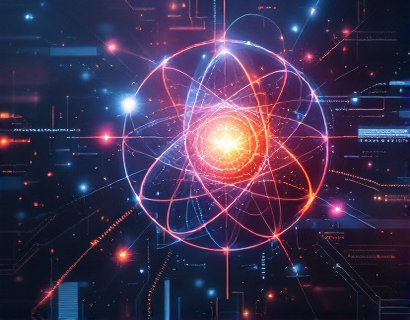Unlocking the Future: Harnessing Crypto and AI for Next-Gen Digital Transformation
The landscape of digital transformation is rapidly evolving, driven by the convergence of cryptocurrency and artificial intelligence (AI). This synergy is not just a trend but a fundamental shift that promises to redefine business operations, enhance efficiency, and foster unprecedented levels of innovation. As organizations across various sectors begin to embrace these technologies, understanding their potential and how they can be harnessed becomes crucial for staying competitive in the digital age.
The Intersection of Cryptocurrency and AI
Cryptocurrency, since its inception with Bitcoin, has revolutionized the way we think about money and transactions. Beyond being a digital currency, it represents a decentralized and secure method of exchange. AI, on the other hand, is transforming industries by enabling machines to learn from data, adapt to new inputs, and perform tasks that traditionally required human intervention. When these two technologies intersect, the possibilities for innovation and efficiency become vast.
Enhancing Efficiency through Blockchain and Machine Learning
One of the most significant benefits of combining blockchain and AI is the enhancement of operational efficiency. Blockchain's immutable and transparent ledger provides a robust framework for data integrity, while AI can process and analyze vast amounts of data in real-time. This combination can streamline business processes, reduce manual errors, and automate routine tasks. For instance, in supply chain management, blockchain can track the movement of goods with transparency, while AI can predict demand and optimize inventory levels, ensuring that resources are used efficiently and waste is minimized.
Boosting Security with Cryptographic Techniques and AI
Security is a paramount concern in the digital world, and the integration of blockchain and AI offers a powerful solution. Blockchain's cryptographic techniques ensure that data is secure and tamper-proof, while AI can detect and respond to security threats in real-time. Machine learning algorithms can analyze patterns and identify anomalies, providing an additional layer of security. This dual approach not only protects sensitive information but also builds trust among users and stakeholders.
Innovation through Decentralized Applications
The rise of decentralized applications (dApps) is a testament to the innovative potential of blockchain and AI. dApps leverage the decentralized nature of blockchain to create applications that are more resilient and less susceptible to censorship or single points of failure. AI can enhance these applications by providing intelligent features such as personalized user experiences, predictive analytics, and automated decision-making. For example, in the finance sector, dApps powered by AI can offer sophisticated trading algorithms and risk management tools, transforming the way financial services are delivered.
Case Studies: Real-World Applications
Several organizations have already begun to harness the power of blockchain and AI to drive digital transformation. One notable example is a logistics company that implemented a blockchain-based system to track shipments and an AI-driven platform to optimize routes and reduce fuel consumption. The result was a significant reduction in operational costs and an improvement in delivery times. Another case involves a healthcare provider that used blockchain to secure patient data and AI to analyze medical records, leading to more accurate diagnoses and personalized treatment plans.
Challenges and Considerations
While the potential benefits are clear, there are challenges and considerations that organizations must address when integrating blockchain and AI. One of the primary challenges is the technical complexity involved in implementing these technologies. Organizations need to invest in skilled personnel or partner with experts who can navigate the intricacies of blockchain development and AI algorithms. Additionally, regulatory compliance is a critical factor, as the legal landscape for cryptocurrencies and AI is still evolving. Ensuring that these technologies are used ethically and in accordance with regulations is essential to avoid legal pitfalls.
Building a Future-Proof Digital Strategy
To stay ahead in the digital transformation journey, organizations should adopt a strategic approach that leverages the strengths of both blockchain and AI. This involves conducting a thorough assessment of current processes to identify areas where these technologies can add the most value. Collaboration with tech partners and staying informed about the latest developments in the field are also crucial. By fostering a culture of innovation and continuous learning, organizations can ensure that they are well-equipped to embrace and integrate these transformative technologies.
The Role of Decentralized Finance (DeFi)
Decentralized finance (DeFi) is another area where the combination of blockchain and AI is making waves. DeFi platforms offer financial services such as lending, borrowing, and trading without traditional intermediaries. AI can enhance DeFi by providing advanced risk assessment tools, fraud detection systems, and personalized financial advice. This not only improves the user experience but also increases the reliability and security of financial transactions. As DeFi continues to grow, the integration of AI will play a pivotal role in its maturation and widespread adoption.
The Impact on Traditional Industries
The impact of blockchain and AI extends beyond tech-driven sectors and is reshaping traditional industries as well. In the automotive industry, for example, blockchain can ensure the authenticity and provenance of vehicles, while AI can optimize manufacturing processes and predict maintenance needs. In the real estate sector, blockchain can streamline property transactions and reduce fraud, while AI can analyze market trends and provide insights for investment decisions. These applications demonstrate the broad spectrum of possibilities when these technologies are combined.
Conclusion
The convergence of cryptocurrency and AI represents a new frontier in digital transformation, offering unparalleled opportunities for efficiency, security, and innovation. As organizations continue to explore and implement these technologies, the potential to redefine business operations and create a more connected and intelligent world becomes increasingly tangible. By embracing this synergy, businesses can not only stay competitive but also lead the charge in shaping the future of digital solutions.








